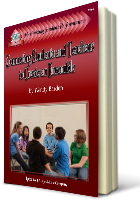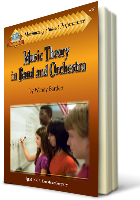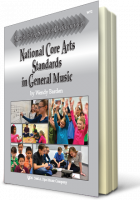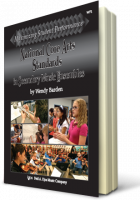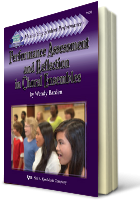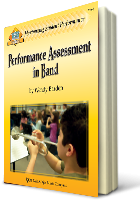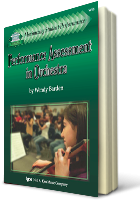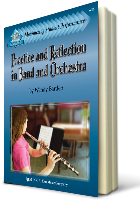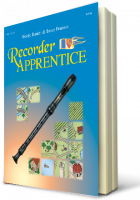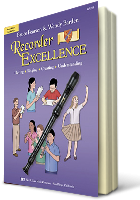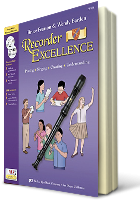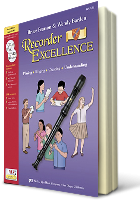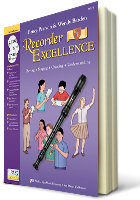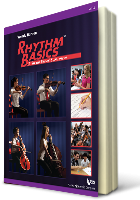Standards, standards, standards!
Our classrooms, rehearsals, and lesson plans are filled with standards—or should be! Standards-based, state standards, and new national core arts standards (NCAS). Love them or hate them. Agree with them or not. A sequenced curriculum—and student learning that is based on standards—is not optional. If we want music to be recognized as a core subject, we need to take on the responsibility of standards just like other core subjects have. (Yes, I know all core subjects are not “equal,” but just think where we would be without the foundation and support standards bring.)
Standards define a comprehensive music experience. They identify what students should know and be able to do as a result of studying in music. Our respective state standards, or the nine national music standards (1. Singing, alone and with others…, 2. Performing on instruments…, 3. Improvising…, etc.) have served us well. The first national arts standards introduced in 1994 have become quite comfortable for most of us. I remember a lot of heading shaking when they were introduced, but eventually we figured them out. I’m confident we’ll do the same as we become more familiar with new NCAS.
The National Core Arts Standards were developed on the Understanding by Design (UbD) Framework® of Jay McTighe and Grant Wiggins. The nine original national [music] standards are conceptually embedded within the new standards, and you may also notice more intentional connection to 21st century skills.
Why the changes? Twenty years after our first national standards, it’s a different time and place for education. Think technology, educational reform, and “it’s a small(er) world.” Our students are counting on music learning that is relevant both now and well into their future.
So, beyond high school, what do musicians do? Musicians communicate ideas through music as both the sender and receiver—Creating, Performing, and/or Responding to music. These artistic processes (with a fourth process, Connecting) define artistic literacy. Artistic literacy is at the heart of NCAS.
Yes, and… Spend time with the NCAS in music. Get to know them. How does what students are currently learning in your music class connect with the new? Where are the gaps, and what might be next steps?
Here are seven things that might help you navigate the new National Core Arts Standards in music:
- NCAS are organized with six levels of detail—arts area, artistic processes, anchor standards, process components, strands, and performance standards.
- The artistic processes and eleven anchor standards are the same for all arts areas—dance, media arts, music, theatre, and visual arts.
- When you work as a building or district music department—with various grade levels and music courses—use the level of detail called process components.
- Notice that there are five sets or strands of standards that represent different courses of study—General Music, Traditional and Emerging Ensembles, Harmonizing Instruments (such as class guitar or piano), Music Composition/Theory, and Music Technology. Be sure to use the strand of standards for your course.
- When you work with job-alike colleagues—where everyone teaches 7th grade choir, for example—use the level of detail called performance standards.
- Day-to-day in your classroom, incorporate activities through which students can develop knowledge and skills that support one or more performance standards.
- Cornerstone assessments—multi-faceted tasks to help gauge student progress toward the goal of artistic literacy—are intended for every few years. Model cornerstone assessments are included in the NCAS to use as is, or as models for locally developed assessments.
With NCAS, the paradigm shift for me has been moving away from a standards “checklist” way of thinking to focusing on how I can support students to communicate ideas through music, both as the sender and receiver.
Thanks for pausing with me for a few minutes in your busy week. Have a good one!
____________________
Barden, Wendy. National Core Arts Standards in Secondary Music Ensembles. San Diego: Kjos Music Press (2014).
State Education Agency Directors of Arts Education. National Core Arts Standards. Dover, DE: State Education Agency Directors of Arts Education, on behalf of the National Coalition for Core Arts Standards (2014).



